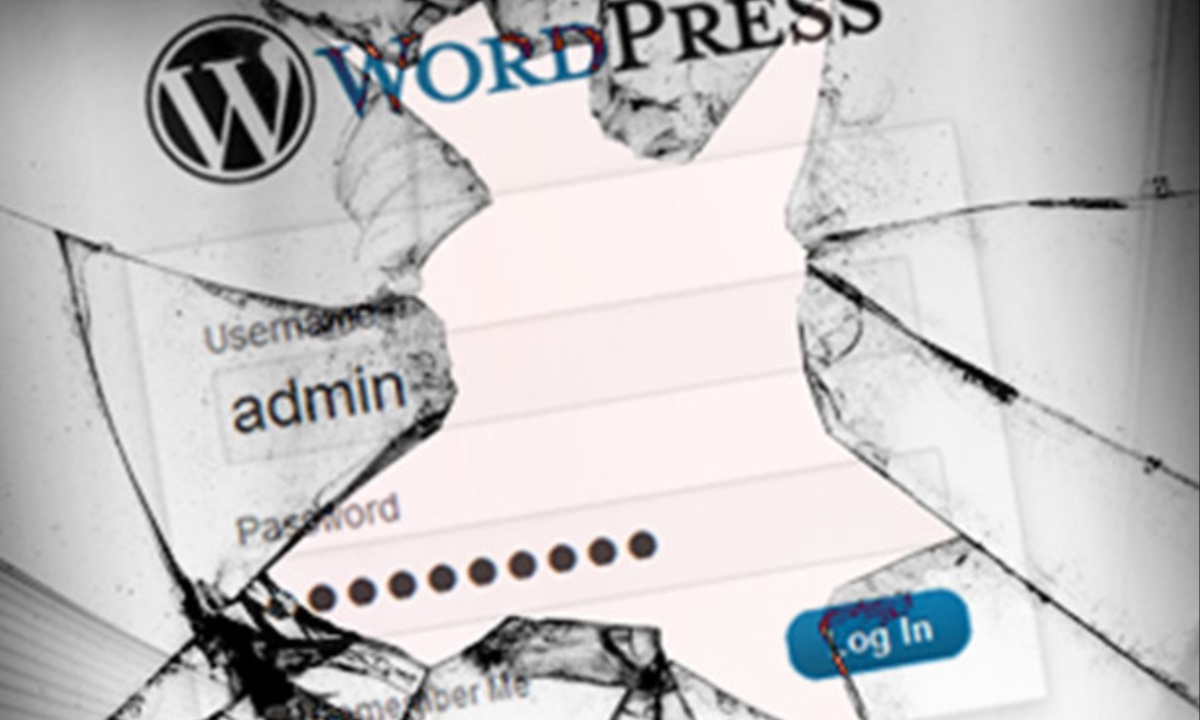WordPress has evolved from a simple blogging platform into a crucial backbone of the modern internet, powering millions of websites ranging from personal blogs to large corporate sites. However, this widespread use has also made it a prime target for cybercriminals, who exploit its popularity to launch various attacks. As a result, website owners must remain vigilant against potential threats that could compromise their sites and user security.
Recent reports from GoDaddy, a prominent web hosting and service provider, have highlighted a new and rapidly spreading malware infection affecting WordPress sites. This malware works by installing deceptive plugins that display fake alerts, mimicking messages from well-known services like Chrome, Facebook, and Google Meet. The aim is to trick unsuspecting visitors into downloading harmful software, thereby increasing the risks of data breaches and malware infections.

WordPress Users Face Rising Threats from ClearFake Malware and Deceptive Plugins
The malware operation, known as “ClearFake,” has been active since at least 2023, with a newer variant called “ClickFix” now emerging. These malicious plugins often use seemingly harmless names, such as “Google SEO Enhancer” and “Quick Cache Cleaner,” making them appealing to users looking to improve their website’s performance or search engine optimization. This clever naming strategy helps them evade detection while spreading the infection further across the web.
The research from GoDaddy suggests that the spread of these fake plugins is not the only method of infection. Some breaches occur due to stolen administrator logins, which can be exploited using automated tools. Cybercriminals can easily target popular WordPress sites by using databases of compromised credentials, allowing them to gain unauthorized access without needing to rely solely on malware.
To safeguard against these threats, WordPress users are urged to implement strong, unique passwords for their administrator accounts and regularly review the plugins installed on their sites. General internet users should also stay alert for fraudulent installation prompts and avoid downloading software from unexpected alerts. Awareness and proactive security measures are essential in combating the risks associated with this prevalent malware targeting WordPress platforms.









































